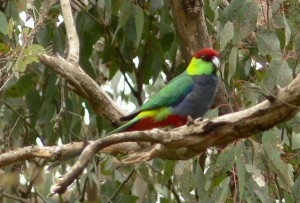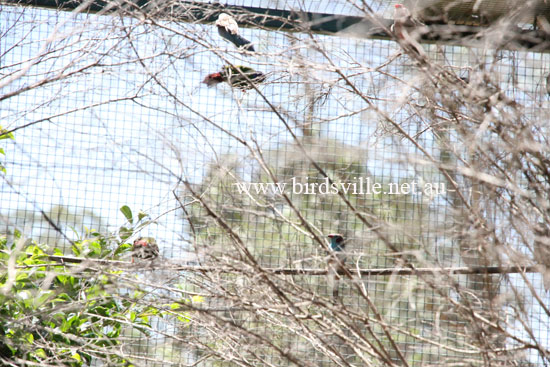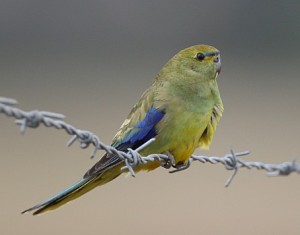Blue Headed Cordon Bleu
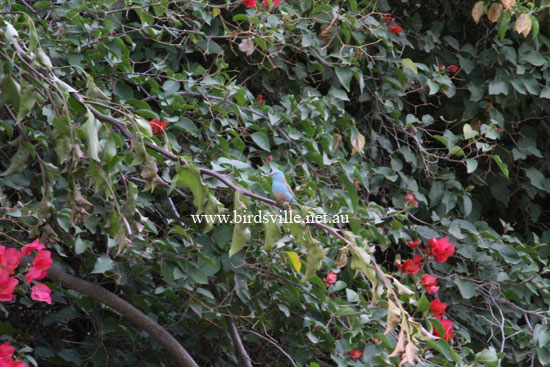
Found in store, for more details call Birdsville 9667 2555. More information coming soon.
Uraeginthus cyanocephala
Natural distribution and Habitat
Native to Africa from Kenya to Tanzania
I was lucky enouph to see these birds in the Serengeti in Tanzania and they were amazingly tame coming within a couple of feet from where we were standing. Got some great photos like the one above and others with blue caps feeding along side Ruddy finches.
These can be found savannah areas close to water with small shrub’s and trees

Availability and licence requirements
No licence required to own blue caps in Australia
Diet for Blue Headed Cordon
Seed-These un common finches must be fed a good quality finch breeder mix. Be wary of some super market mixes as the quality of seed may not be the best. If you are unsure of the seed you are using ask your local bird expert.
Sprouted seed– Relished by all African finches make sure you clean the seed thoroughly with aviclens to remove any bacteria befor feeding to your birds.
Millet sprays– A fresh seed still on the stem loved by all the finch family, of the varieties of millet sprays we stock i recommend french white for finches.
Greens– Seeding grasses, dandelion, chickweed, cucumber, endive, silverbeet
Fruit– Apple
Vitamin supplement– Administered via the water supply can come in both liquid or powder form. Vitatmins are wasted if added to the seed due to the fact they shell each seed before consuming it.
Live food– All cordons are insectivorous so insects are a very important part of the diet. Supply Meal worms, fly pupae or gentles regularly with a few pinches of insectivore and some egg and biscuit formula mentioned below
Egg and biscuit– A great protein supplement which can be added separately or in the same dish as the live food.
Grit-Very important for the growth of feathers and egg production in all female finches, supply a fine finch grit consisting of charcoal, crushed cuttle bone, baked egg shells, shell and lime stone.
Breeding Blue-capped finches
Blue cap’s will nest in half open nest boxes, wicker nests, and thick shrubs. Supply swamp grass for nest construction and white feathers for the lining of the nest. The hen will lay around 5 white eggs with both parents sharing in the incubation process. The eggs will have a 13 day incubation period. The chicks will remain in the nest for a further 3 weeks before they venture outside. The parents will continue to feed the chicks for a further 3 to 4 weeks. During the raising of the chicks the parent birds will greatly increase the amount of live food to feed the chicks so make sure they are available if you want them to thrive.
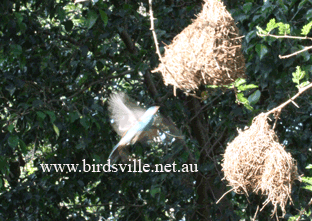
Sexing Blue caps
The female has a less intense coloration of blue with the males head being completely blue.
Worming
Your bird will need to be wormed in a few weeks to two month after being taken home (check with the staff from Birdsville, when purchasing). Young birds that have been recently weaned have a delicate bacteria’s developing in there gut, worming at this stage could harm the bacteria’s development and your new bird. Worming will need to be done
every 6 month. Worming your bird is essential for the health of all parrots in captivity.
Lice & Mites
These are the two most common parasites of cage birds and their environment, but are easily controlled with a Mite and Lice spray, available at Birdsville. When using spray, spray bird, entire cage, perches, nesting box and toys, remember to remove all water and feed and avoid spraying in birds’ eyes. Your bird Lice and mite bottle will explain how to use, remember avoid the mouth and eyes.
